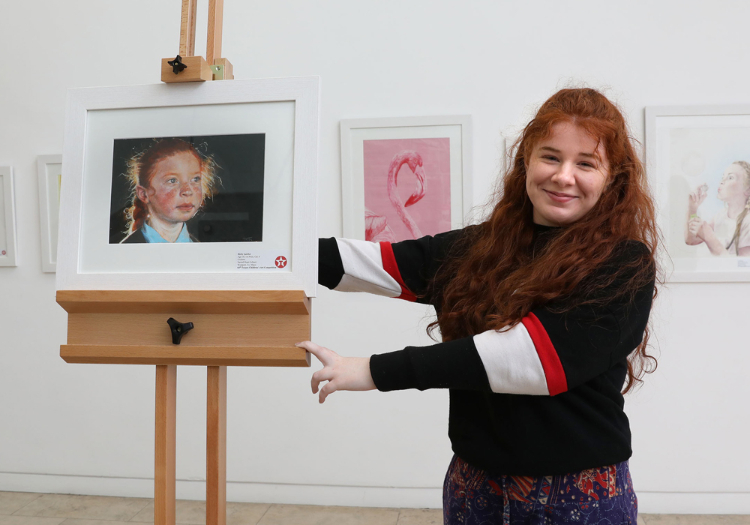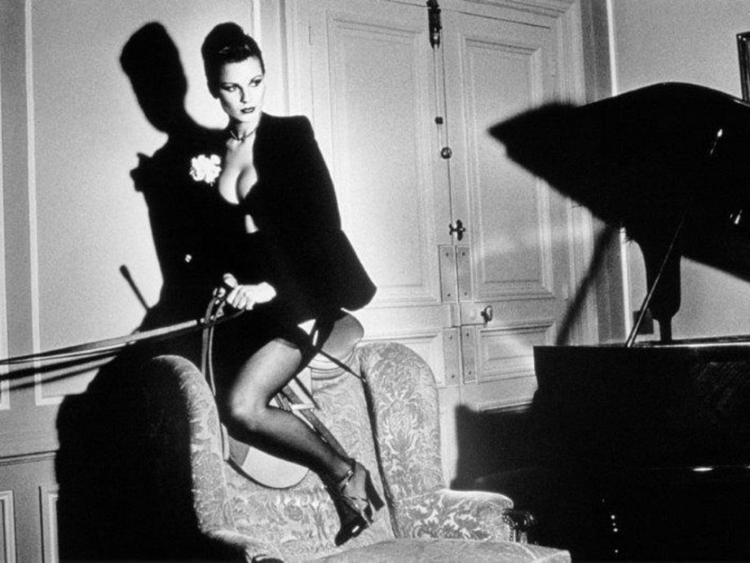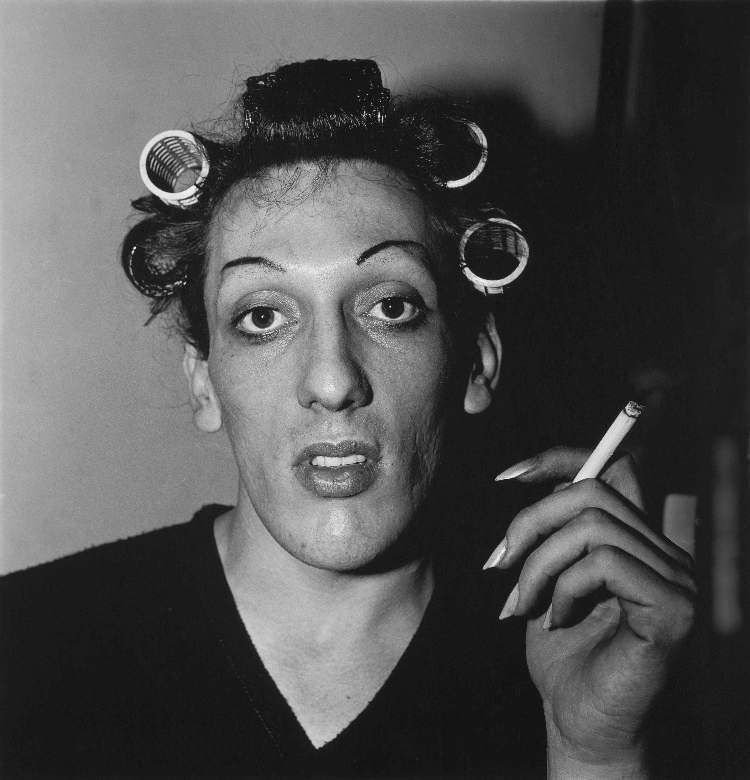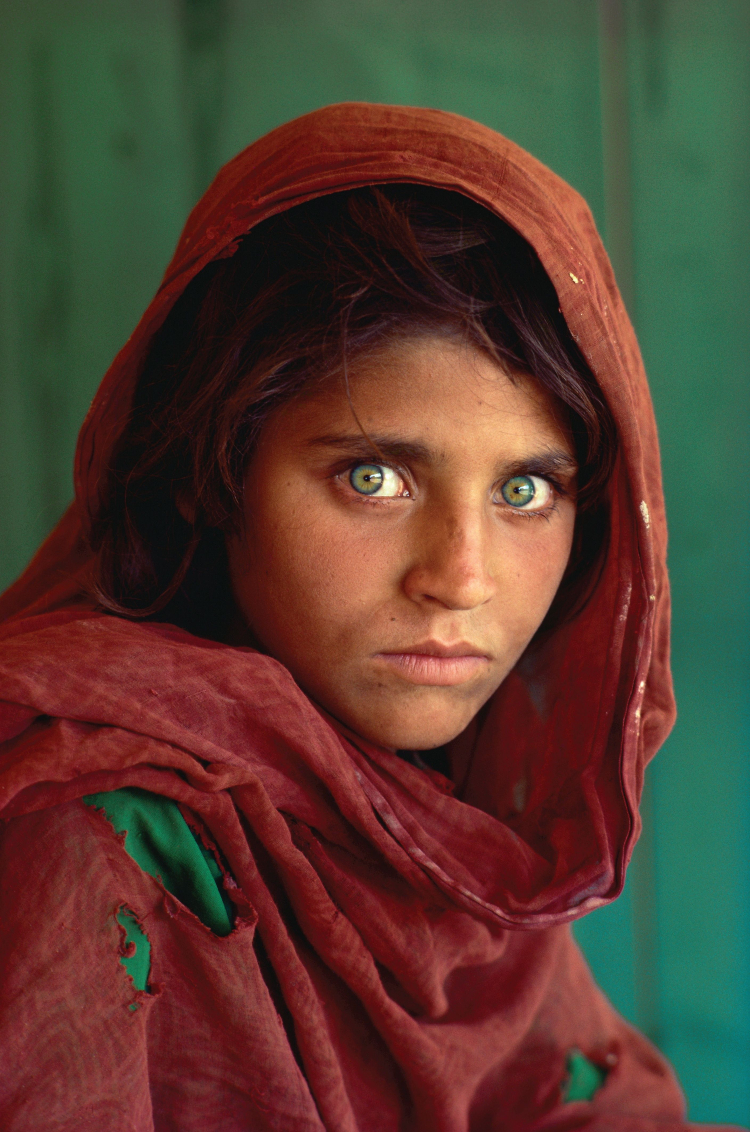Fatal Attraction | The Problem With Portrait Photography
In March 2018, emerging Irish artist and runner-up in Sky Arts’ ‘Portrait Artist of the Year’ Hetty Lawlor appeared on RTE?’s ‘The Ray D’Arcy Show’. While showcasing her talent, D’Arcy quizzed Lawlor on why she prefers to paint children over adults. Her answer, albeit brief, gives food for thought on the concept of portraiture.
“In some pictures, if you were to paint a person who was … middle-aged … you’d look at the picture and say ‘is the person attractive?’ rather than ‘is the picture attractive?’, whereas with kids … you look at the art instead of the person.”
– Hetty Lawlor
Although Lawlor speaks in the context of painting, her response communicates a key issue in photography, specifically portraiture. Why is it, when confronted with a photo of someone, we scrutinise the person – i.e. the subject of the photo – rather than the skill of the photographer?

It is exceedingly prevalent in many styles of portraiture (e.g. fashion and street photography) to latch onto someone with a ‘good look’, rather than challenging both subject and photographer to seek a more unexpected image. This tendency has crept into the teaching of portraiture; an unsettling number of portrait photographers will advise beginners to use professional models when practicing instead of a variety of different people. Not only does this provide next to no learning experience for the amateur photographer, but it also questions the basis of portraiture; does an attractive face sit at the core of a ‘good’ photo? Almost anyone can capture a pretty face. If this is the case, is the skill of the photographer even relevant to portraiture?
At one level, it is only fair to assume that we, as humans, will respond to other humans before anything else in a photo. We are social creatures. We seek faces. Thus, we are initially drawn to the subject. A person’s features are more likely to stand out rather than how the subject is lit, for example. With this in mind, can we really blame people for honing in on the subject, and not the skill of the photographer? The human response has its limitations.
It must also be said that portraiture is, by definition, the art of capturing a person. People are the focal point of this craft. There is only so much a photographer can do to make an image appealing. From a purely visual perspective, it is easier for both photographer and viewer to work with a conventionally attractive face.

Photography is a visual game. Like humanity, it has limitations, and expectations. Fashion portraiture, for example, is notorious for deception, but it also provides appealing illusion and escapism for its consumers. We seek the illusion, as we do in other art forms. Said human limitation brings about a dilemma; do you accept the limitations or do you work to create a more challenging image? Should you be guided by visuals alone, or can you allow space for other elements?
If you were to take the above as gospel, it would paint a fairly grim scene for portraiture. Are we trapped within our own perceptions and bias towards attractiveness? In order to avoid entrapment, it is essential that we move away from perceived beauty and accept the reality of a subject. Not only does this entail a subject’s appearance, but also their multifaceted being.
As portraiture is the art of capturing a person, we must invest time and effort into expressing a whole being rather than mere visuals. Someone who is not naturally ‘photogenic’ (whatever photogenic means) is every bit as worthy of a portrait as someone who photographs well. Portraiture mustn’t revolve around those who have a ‘good look’. Quite frankly, it’s boring and repetitive to only photograph those who are appealing to the naked eye. There is intrigue to be found in every person. Breaking away from the rigidity of perception allows us to see this and appreciate quirks, asymmetry and alleged flaws.

Discussing beauty as a defined norm is damaging to portraiture. It exacerbates our human tendency to focus on the appearance of a subject instead of the photographer’s craft. If at all possible, we should, as mentioned above, detach from our own perception of beauty when absorbing a photo. Paying attention to the overall ‘feel’ of an image is far more beneficial. It gives us an indicator of the photographer’s abilities; can they document a person in all their glory? Do they illicit a response from the viewer? Both are of huge importance; subject ?and viewer are at the heart of portraiture.
If we focus on the ‘art instead of the person’, as Lawlor explains, the photographer reclaims ownership of a portrait. The responsibility does (and should) rest on their shoulders to harness a subject’s potential, thus creating a captivating image. Their capability is brought to the fore. It is here that we analyse photographer over subject. In the context of portraiture, this is a fairer interpretation of what makes a ‘good’ photo. A photographer that cannot produce a thought-provoking portrait has not connected well enough with their subject.

Fundamentally, the photographer should take precedence in our interpretation of a photo rather than the person photographed. That is the crux of this argument. Although this is easier said than done, it opens up a whole world of possibility. We can form a healthier, more engaged relationship with reality if we allow ourselves to break away from ‘beauty’. It would serve us well to examine portraiture through a more diverse lens (pun absolutely intended) than our default ‘attractive/unattractive’. We must document all that is true about a person and their environment, rather than giving into an enticing illusion.
In changing our perception, we need not avoid photographing someone who is fair of face, purely for the sake of it. It is also fine to acknowledge someone’s natural good looks; we don’t need to begrudge nice cheekbones from some kind of moral high ground. The key is to give everyone a fair shot (once again, pun intended). There is no right or wrong person to photograph. Portraiture that is centred around freedom, creativity and openness provides a more enriching experience for everyone involved.
